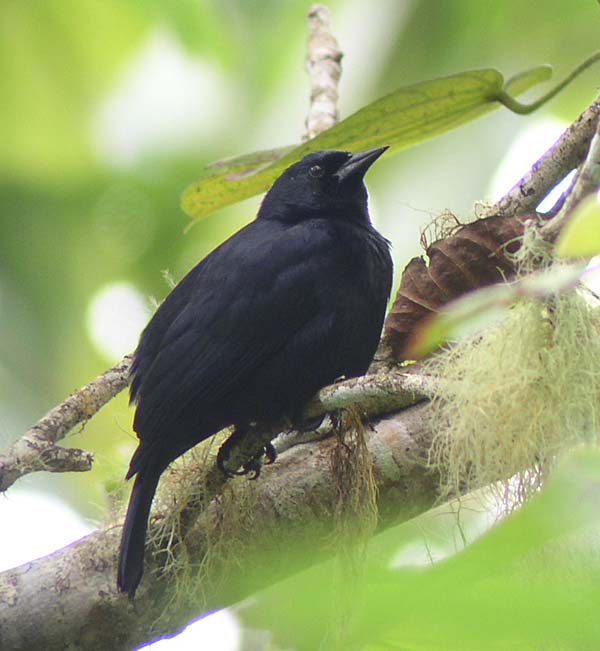All creations fight for survival. May it be plants, animals, and even us humans, are all living each day as an investment to a more comfortable living in the future. Each day is a task and a test. The tougher and more adapted you are, the larger your chance for survival.
Rainforests only cover a little portion of the planet, but almost half of all the animals on Earth are found in them. We cannot say that all conditions in the rainforest like the climate and availability of foods are all suitable for all kinds of animals. That’s when the term ‘adaptation’ comes in. All animals, even plants in the rainforest are using this ability to survive in the area. Usually, they use these adaptations to maximize their ability to eat and provide protection for themselves.
BIRDS. Beaks of birds are not just organs for catching and putting foods in their mouths. This organ of theirs has evolved to different forms and sizes in order to meet their different needs especially when it comes to diet. For example, Toucans and Macaws have large and strong beaks to help them crack hard nuts.
MAMMALS. As we all know, monkeys and all the family of apes have longer arms and legs. This feature becomes unique to them because they spend most of their entire life in the canopy of trees. This serves the two primary purposes of adaptations – to increase their capability to find food and at the same time, to keep themselves from predators. Apes do this to avoid being caught by predators on the ground, and to find food on trees. Particular specie of ape, the aye-aye has evolved itself to being a nocturnal feeder in order to avoid being caught by its predators in the daylight.
On the other hand, the South American jaguar has developed its ability to swim so that it can find food not just on land but in the rivers as well in the form of fishes and turtles. This adaptation is needed in order to survive in a wet rainforest.
AMPHIBIANS. Most amphibians have granular glands that give them the ability to release poison. This ability helps them resist the attacks of predators around them. But take note, not all frogs, have poison in them. Mostly those species that have bright colors in them are the ones containing poison. Secreting poison is not just the adaptation found in frogs. The Amazon Horned Frog uses its physical appearance to survive in the rainforest. It has developed a body that mimics a leaf litter, so when it senses a prey nearby, it just have to lie itself on a pile of leaves and wait for the prey to come and eat it.
Image credit: http://www.buzzle.com/

